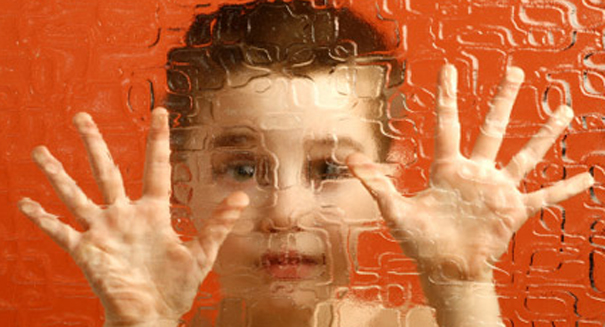
Girls are diagnosed with autism around 4 years of age compared to boys at 3.8 years.
The initial signs of autism have a distinct disparity when detecting it in girls compared to boys. A recent study has proof to show that the signs are less prevalent in girls in the early stages, Time Magazine reported, but the reasons have been hard to find.
“There are clearly major gender differences in prevalence of autism, with more than four boys being diagnosed for every girl,” study author Dr. Paul Lipkin told Time Magazine. “However, we have little understand of the roots of these differences.”
Lipkin is the director of the Interactive Autism Network at the Kennedy Krieger Institute in Baltimore. He and his colleagues have compiled data for more than 50,000 cases. In the report, they were about 10,000 people that have marked their age of first diagnosis — with around another 5,000 that undergone tests for the autism’s severity.
“Are they biological, social, diagnostic, or tied to other factors, such as screening systems?” Lipkin said of the study to Time Magazine.
The biggest finding amongst the researchers were that girls are diagnosed with autism later in life than boys. Specifically, the study shows that girls officially developed autism at age 4 compared to boys at around 3.8 years.
The study delved deeper as they found that girls diagnosed with Asperger’s syndrome at around 7.6 compared to 7.1 years in boys.
Even more, the symptoms were different in each gender. Girls have difficulty reading social cues while boys had mannerism issues.
The researchers also told Time Magazine that the differences in gender could be missed diagnoses. “These findings suggest that boys’ behavior are more apparent than the girls with the potential for girls being more difficult to recognize,” Lipkin told Time Magazine.
“Since the problems experienced by girls are in social cognition and require social opportunities,” Lipkin said to Time Magazine, “they are much more likely to be unnoticed until the elementary school years.”